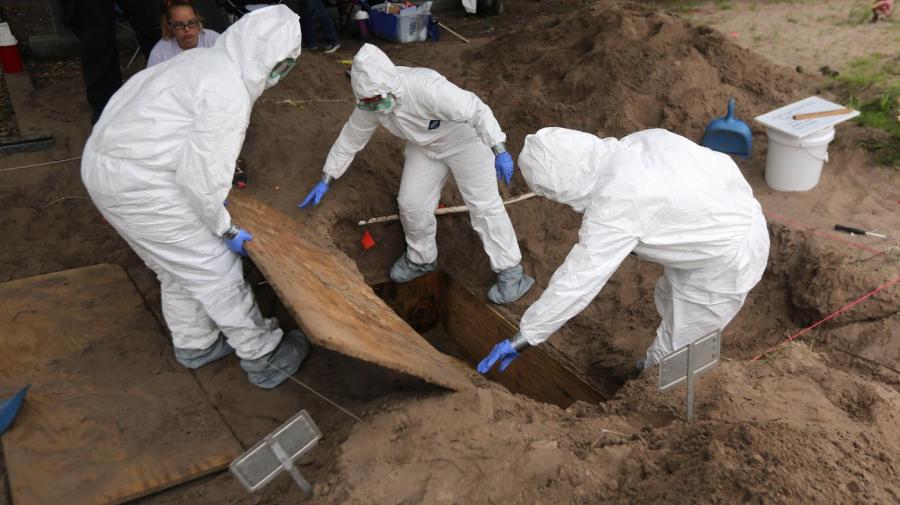What Are Some Forensic Anthropology Cases?

In 2004, forensic anthropology findings led New Jersey prosecutors to reinvestigate the cause of James Ridgeway’s death, which was inconclusive in 1979. In another case, reconstructive techniques helped identify the fragmented remains of a San Diego woman named Joy Risker, whose body was buried in an Arizona desert.
James Ridgeway’s body was exhumed in 2005, and forensic anthropologist Donna Fontana determined that strangulation was the likely cause of death. The original autopsy overlooked the hyoid bone in the neck, which contained fractures, splinters and a missing fragment. In her testimony, Fontana explained that the injuries couldn’t have occurred during exhumation because the coloration of the bone showed no sign of being exposed to outside elements. Examiners found no evidence of healing around the damaged tissue, suggesting that Ridgeway died shortly after the injury. As a result, Cumberland County lodged murder charges against Ridgeway’s half-brother, John Pompper.
When Joy Risker’s heavily decomposed remains were discovered in Maricopa County, Ariz., the skull had to be reconstructed, with clay filling in the gaps. A forensic artist generated a rough sketch, which Detective Bob Powers believed matched the picture of another missing California woman. DNA from the woman’s family proved the unidentified remains weren’t a match, but the false lead gave investigators the idea to check the remains against the national DNA database. Joy Risker’s DNA had been registered after she was reported missing, resulting in a positive match.





